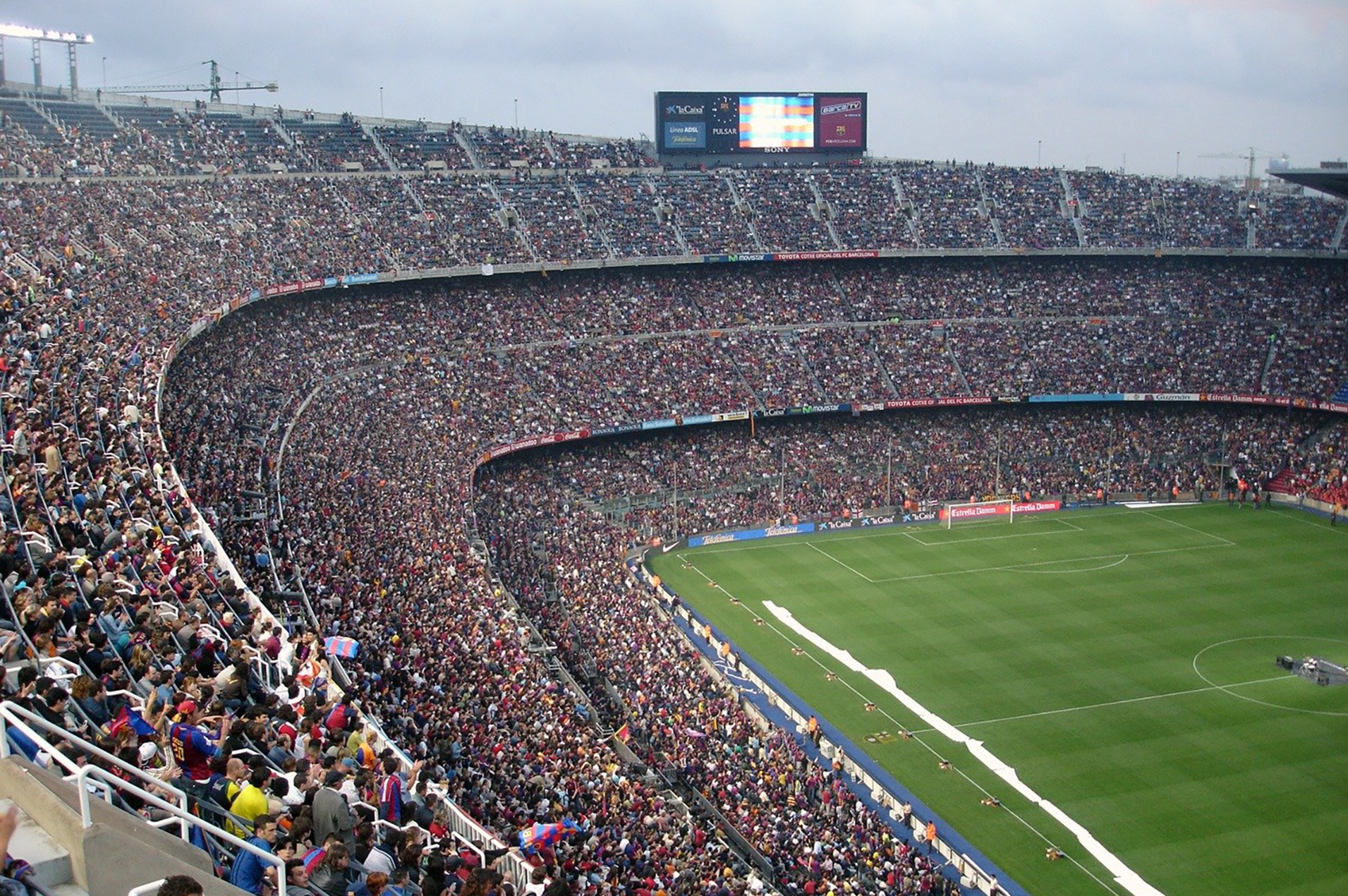At a time when March Madness, the quest for the Premier League trophy and Major League Baseball’s opening day usually dominate the headlines, the sports world is eerily quiet. The COVID-19 pandemic has brought activities to a halt and triggered conversations about the future of public assembly buildings.
HOK Sports + Recreation + Entertainment Directors Nate Appleman and John Rhodes and Design Principal Bill Johnson recently talked about how the coronavirus pandemic will enhance people’s appreciation for live events and the effects it could have on the design of sports and entertainment facilities.
How do you expect sports fans to respond on the other side of this crisis?
John: Sport plays a central role in our society. Teams have a unique opportunity to use their networks of fans to lift up the community and one another during and after this crisis. When sporting events resume, I’m confident fans will come flooding back into these venues. We’re all starved for engaging with the people and activities we love. Our short time away from it has already reinforced that the live experience is a more genuine currency than the digital experience.
Bill: Sports is a great outlet when times are hard and that has been temporarily taken away from us. But it is a reminder of the value of live experiences. When we are safely on the other side of the pandemic, people will be ready to disconnect from technology and to immerse themselves in celebrating the event with other people.
Nate: I agree that people will be craving interaction. I believe fans starved for sports will return to ballparks, arenas and football stadiums. Even events like NFL training camps could see increases in attendance.
Are there long-term changes owners and venue operators should be thinking about?
Nate: We should be exploring whether new or renovated venues can be designed in a more deliberate way to deploy as improvised hospitals and treatment centers in times of catastrophe. Venues like the United Center in Chicago are already finding ways to accommodate community needs. This arena is functioning as a logistics hub, assisting in frontline food distribution, first-responder staging and the collection of medical supplies.
Perhaps the trend of public-facing clinics should be considered more strongly as fundamental to future venues? If we’re expecting these buildings to be places of care and refuge during a crisis, that will fundamentally change how they are designed.
Bill: Before social distancing, the biggest threat to the live event was the evolving technology available to at-home viewers. As we briefly watched games played in empty venues—and considered the possibility of an NCAA Basketball tournament without fans—there was speculation about the impact fans have on the outcome of games. We hope there won’t be another crisis like COVID-19 in the future. But should it come, we need ways to simulate crowd noise within venues for athletes and have technology that enhances the virtual experiences of viewers.
John: Over the last month, people have had time to reflect on their lives and values. As people have grown accustomed to being at home—decreasing travel and commutes—there is an increasing focus on the effect individuals have on the environment. The massive carbon footprint of sports is likely to be increasingly frowned upon. Though sport is a powerful source of entertainment and influence, it hasn’t harnessed that power for maximum impact when it comes to sustainability. Whilst it is infeasible for Ronaldo to take Coldplay frontman Chris Martin’s approach and refuse to perform live until it is environmentally sound to do so, sustainability is a challenge sport needs to address quickly in this competitive market.
What are some immediate ways this pandemic could change the design of sports and entertainment facilities?
Nate: The most important thing designers, team owners, venue operators and athletic directors can do now is to ask questions about touchpoints within their facilities—and how human behavior might change in the wake of COVID-19. This could impact everything from how public restrooms are designed to how we think about food and beverage service.
John: Times like this reinforce that designers always need to think about how we can create design solutions that help society. A heightened awareness of hygiene is an undeniable outcome. We need to work closely with scientists and infectious disease specialists to explore how people use our spaces and how we can safeguard these venues. We’ll likely see a move away from self-serve food and beverage to prepared and packaged concessions and greater use of automation to reduce touchpoints within a venue. There will be fewer doors. Where there are doors, automation will be the standard. Water fountains will be out and a new cashless society will be in.
Bill: When we get the all-clear to reopen public assembly spaces, teams and franchises will need to move quickly to anticipate potential concerns from their fans and address issues of hygiene and sanitation before they open their doors. We’re already talking with clients about what these venues can do to prepare during this downtime.
